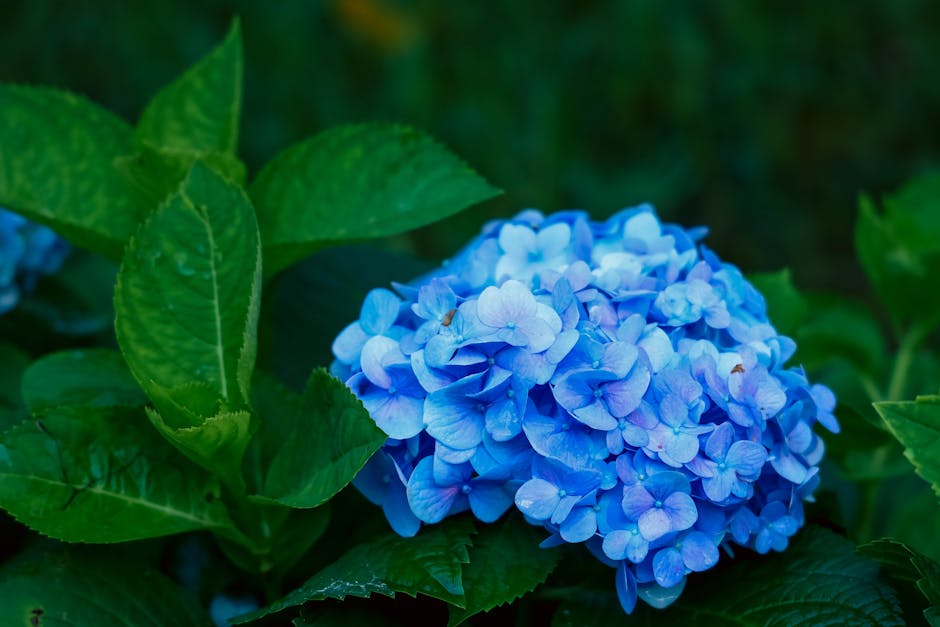Welcome to your comprehensive guide to growing raspberries in pots. With the right variety, an appropriate container, and some basic care, you can enjoy fresh, juicy raspberries at your own home. This technique allows you to enjoy the benefits of raspberry bushes even in smaller spaces such as on patios or balconies. Let’s get started!
Choosing the Right Raspberry Variety for Pot Cultivation
When it comes to growing raspberries in pots, the first and most critical decision you’ll make is selecting the right variety. Not all raspberry bushes are equally suited to life in a container. The two main types of raspberries, summer-bearing and ever-bearing, each have their merits and are worth consideration.
Summer-bearing varieties provide a large yield all at once in mid-summer, while ever-bearing types offer a smaller yield twice a year: once in summer and another in fall.
Pro Tip: Consider a disease-resistant variety such as the ‘Heritage’ if you’re looking for easier maintenance.
Selecting the Appropriate Container for Raspberry Bushes
The secret to growing thriving raspberries in pots lies in selecting an appropriate container. Raspberries have long, extensive root systems, so they need a pot that can accommodate this growth.
Make sure your pots have ample depth and width to allow roots to spread. An ideal size is 24-36 inches in diameter. Preferably, your pot should have good drainage facilities. As a rule of thumb, opt for containers that are wider than they are deep to provide the most suitable conditions.
Checklist:
- Ample depth and width
- Good drainage
- Wider than they are deep
Pro Tip: A terracotta or wooden container is beneficial as these materials breathe, allowing roots access to fresh air and preventing waterlogging.
Preparing Your Pots and Planting the Raspberries
Armed with the right variety and container, the adventure of planting your raspberries can begin. First, incorporate a high-quality potting mix into your container. Aim for a pH level between 5.6-6.2, which is ideal for raspberry plants. Add organic matter or compost to increase the nutrition content in the soil.
Place the raspberry bush into the container, spreading the roots out evenly beneath it. Then water in well, ensuring the ground around the bush is evenly moist but not water logged.
Materials needed:
- Quality potting mix
- Organic compost
- Raspberry bush
Best Practice: Be sure to use organic materials when preparing your potting mix as this encourages beneficial organisms that help plant growth.
Managing the Growth and Care of Raspberry Bushes in Pots
Growing raspberries in pots is not just about planting and forgetting; nurturing your plants is equally important. Regular watering is key to the health of your raspberries, but be careful not to overwater or underwater. Aim for evenly moist soil – not too dry, not too wet.
Raspberries also need occasional feeding. A balanced liquid fertiliser applied every two weeks during the growing season should suffice. Remember; too much fertiliser can lead to lots of foliage but little fruit.
Keep an eye out for common pests and diseases such as aphids, raspberry beetles, and botrytis fruit rot. Early detection and management are essential for a healthy plant.
Checklist for care:
- Regular, measured watering
- Occasional feeding with balanced fertiliser
- Monitoring for pests and diseases
Pro Tip: Consider companion planting with flowering plants to attract natural pest predators and promote bio-diversity.
Harvesting and Enjoying Your Container-Grown Raspberries
Once the fruits turn a deep shade of red, they’re ready to harvest. The best time to pick raspberries is on a dry day to ensure they won’t spoil quickly. Use a gentle touch when picking to avoid bruising the fruits.
Your freshly picked raspberries can be eaten as is, or used in various dishes, from salads to desserts. Remember to store any excess harvest properly. Raspberries can be frozen for later consumption or turned into delicious jam!
Harvest checklist:
- Pick when the fruits turn deep red.
- Harvest on a dry day.
- Store properly for later use.
Best Practice: Wash raspberries only just before eating, as washing them and then storing them can lead to quicker spoilage.
There you have it – a comprehensive guide on how to grow raspberries in pots. With some planning, care, and a little patience, you can enjoy a bountiful harvest right on your balcony or patio. Happy gardening!
Key Takeaway:
- Choosing an appropriate raspberry variety suitable for pot cultivation is key. Consider factors like climate, space availability, disease resistance, and fruit characteristics.
- Selecting the right container with good drainage, ample depth, and width is essential for the healthy growth of raspberry bushes.
- Adequate soil preparation with balanced PH and nutrition is vital. The placement of raspberry bushes and ensuring good sun exposure and wind shield is important.
- Regular watering, feeding, and monitoring for pests and diseases play an important role in maintaining the health of raspberries in pots.
- Harvest raspberries with care to enhance their shelf life. Use freshly picked raspberries in a variety of dishes and store the surplus appropriately for later usability.
Growing raspberries in pots is a rewarding and enjoyable process that yields delicious fruits at home. With the right tips, advice, and a bit of patience, you can successfully cultivate them even in small spaces. So, go ahead, embellish your patios and balconies with raspberry pots and savor the delightful experience of homegrown berries.
FAQs
Q: What other fruit plants are suitable for pot cultivation?
A: Many fruit plants like strawberries, blueberries, lemons, and others can be effectively grown in pots. Always select disease-resistant, dwarf, or patio varieties for successful cultivation.
Q: What should be done if the raspberry bushes in pots start to wilt?
A: It can be due to overwatering, diseases, or pests. Check for these factors and correct them accordingly. Use organic treatments to control diseases and pests.
Q: Can raspberry pots be kept indoors?
A: Yes, raspberry pots can be kept indoors provided they receive at least six hours of sunlight daily. Normal room temperature favors their growth.
Q: What should be done with raspberry pots during winter?
A: Raspberries can survive in low temperatures, but extreme cold can damage them. Hence, during severe winters, it is advisable to move them indoors or provide them with a protective covering.
Q: How frequently should raspberry bushes in pots be replaced?
A: Typically, raspberry plants bear fruit for several years. But if the productivity declines significantly, it could be time to replace them with new plants.
We encourage you to share this article with other garden enthusiasts and explore more informative posts on our website. Happy Gardening!






